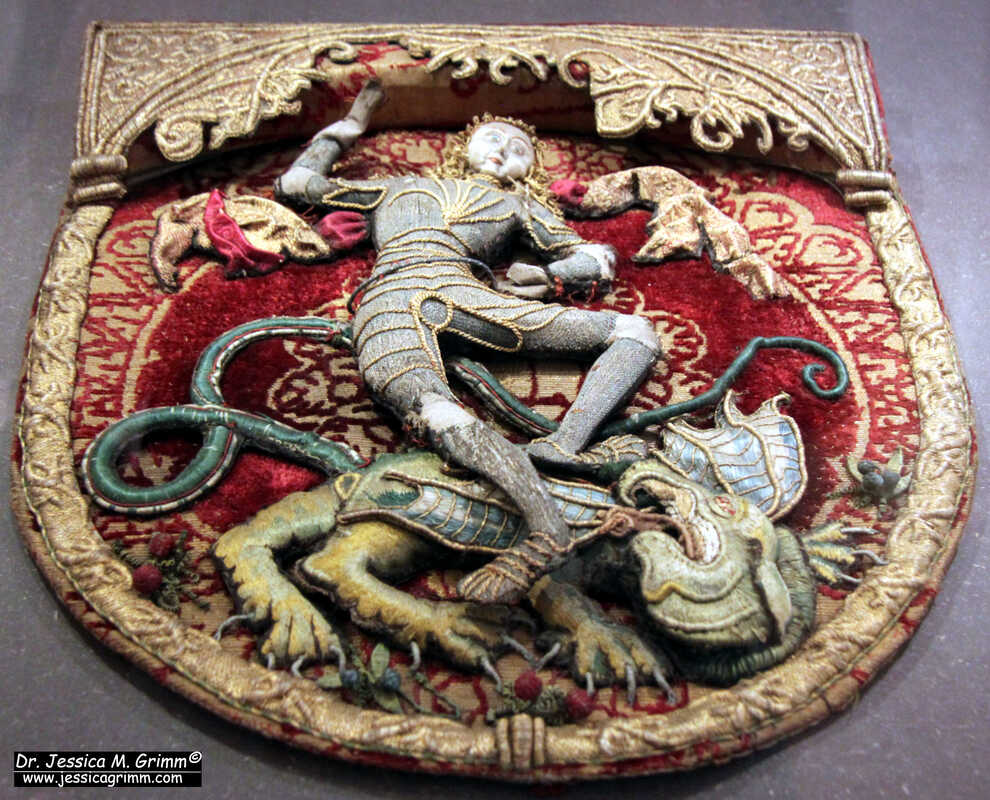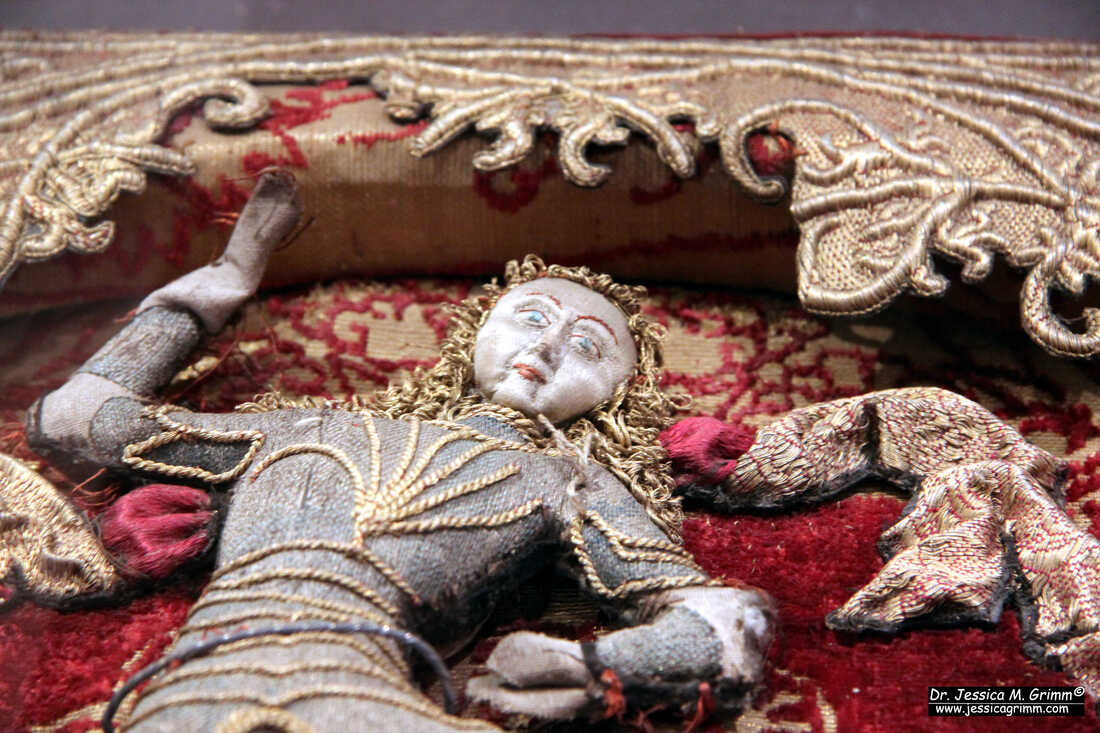|
In a bit to compensate people for the high energy prices, Germany offers regional transport tickets for only nine Euros per month during June, July and August. Apparently to get commuters out of their cars and into public transport. Good luck to those of us living rurally. For example, my husband. He works in Ettal. That's only 18 km from where we live. He starts work at 9:30h. Public transport can either get him there at 7:20h or 9:50h. He ends work at 17:30h. Last travel option 17:05h. My husband would be perfectly willing to have a public transport commute of 45 minutes instead of the usual 20 by car. However, he is simply unable to take up the offer as there is no public transport available. On the upside: I use my ticket to do a bit of research travelling! Yes, it takes a long time to paste regional trains together to get from the South of Germany to the North, but it is practically free. Besides, there are only regional trains running when you go from the South to the East on many routes. Something that was never fixed since the wall came down. You also need to be flexible as the trains are very crowded and there is no guarantee that you can be transported. So, what did I visit? Three of the most important medieval and Renaissance textile collections in the world. We'll kick off with two of them: Domschatz Halbertstadt and St. Annen Museum Lübeck. My travels started off in Halberstadt. The cathedral treasury houses one of the most important cathedral treasures in Europe. It is probably also one of the museums with the largest permanent display of medieval textiles. Over 70 pieces, from luxurious patterned silks, to amazing goldwork embroidery to stunning whitework and huge tapestries, can be seen. There are only two major downsides: the level of lighting is so poor that you will have a hard time seeing the embroidery clearly. And secondly: you are not allowed to take pictures (which I doubt you can without flash anyway). Modern LED-lighting concepts for museums can allow for a better visitor experience but this costs money. Luckily, there is a beautiful publication (see literature list at the bottom of this post) which has beautiful colour pictures and detailed descriptions of about 60 pieces. It even contains many close-up pictures where you can literally see every stitch. There is also a full collection catalogue underway which will be published through the Abegg Stiftung. In my personal opinion, their publications are the gold standard when it comes to embroidered textiles. When you are interested in medieval embroidery, the Domschatz Museum should be on your 'to visit list'. You can easily spend several hours here. I'll recommend that you come prepared and have read the below-mentioned publication. This way you'll have so much more information as the museum captions are rather anecdotal. For those of you who cannot visit in person, the museum website has an excellent digital tour. Click on 'menu' at the top right and choose between DE or EN for language. Then click on the door opening. Depending on your internet connection and your device, be patient while the application loads. Click on 'floor selector' bottom left and choose 'floor 2'. The textile rooms are on either side of the main structure. Left for the whitework and the tapestries and right for the embroidered vestments. Enjoy! From Halberstadt, I travelled on to Lübeck in the North. That's almost 900 km from home :). The St Annen Museum is located in a former convent and also houses one of the most important textile church treasures in Europe. Due to the peculiarities of (recent) European history, Lübeck houses the treasury of St. Mary's church in Gdansk (formerly Danzig). For conservational reasons, only a tiny fraction is on display at a time (check the website to see which pieces). However, recently a complete collection catalogue was published (see literature list below). The texts are detailed, but could contain a bit more on the embroidery in most cases and not all pictures are as detailed as an embroiderer wishes. Nevertheless, it is a must-have addition on your shelves when you are into medieval (embroidered) textiles. My main reason for visiting the St Annen Museum now, was that the cope hood with a stumpwork version of St Georg and his pet was on display. This stunning piece of stumpwork embroidery was made around AD 1500 in Northern Germany. Sorry for those of you who think that stumpwork is an English invention. It is not. It was invented on the continent a good 100 to 150 years before 17th-century English stumpwork was made. Due to language barriers and not much appreciation on the side of art historians, these pieces have not gotten the scholarly attention they deserve. St George and his pet are pretty high on my recreation wish list :). Unfortunately, the construction of his head needs the help of a specialist wood cutter and a lot of trial-and-error. But this is definitely something I want to tackle in the future!
Literature Borkopp-Restle, B., 2019. Der Schatz der Marienkirche zu Danzig: Liturgische Gewänder und textile Objekte aus dem späten Mittelalter. Berner Forschungen zur Geschichte der textilen Künste Band 1. Didymos, Affalterbach. Meller, H., Mundt, I., Schmuhl, B.E.H. (Eds.), 2008. Der heilige Schatz im Dom zu Halberstadt. Schnell & Steiner, Regensburg.
11 Comments
Hanny Budnick
27/6/2022 15:48:44
Du könntest den Kopf aus Fimo modellieren...
Reply
27/6/2022 15:55:19
Whilst it would be a possibility to form the head out of Fimo clay, it would not be in line with my embroidery practice in which I try to get as close as possible to medieval practice, Hanny.
Reply
Rebecca
27/6/2022 16:51:46
Your “St Georg and his pet” has made my day…I laughed out loud.
Reply
27/6/2022 16:57:57
There is even a better word for the dragon in Bavarian: Feuermitzi (fire moggy). The saint depicted in the banner is Peter on the antependium of the Order of the Golden Fleece.
Reply
Marina
28/6/2022 08:16:10
Thank you so much for sharing your experiences in these museums - what wonderful (and well-preserved) embroideries you must have seen! Yes, lighting is indeed a problem for stitchers, we're very interested in seeing the stitches, but generally we can't get close enough and there is not enough light. Good luck with the head of St. George, it is absolutely stunning, and will certainly keep you occupied many, many hours, when you finally find a specialist wood cutter near you!
Reply
28/6/2022 12:34:14
It was indeed fabulous, Marina! I hope to do some experiments with the wooden mould for making the faces. Just finding a wood cutter who can make these 'negatives' is going to be a challenge. And I am not quite sure how to prevent the fabrics and glue from getting stuck within the mould...
Reply
Oh dear, yes, lighting in textile galleries is always a trial, isn't it! And to my way of thinking, they should provide magnifiers, as well!
Reply
30/6/2022 08:36:53
There have been some experiments in the 90s in Austria. But it isn't well published and all a bit vague ...
Reply
6/7/2022 21:12:43
Wow... That is an amazing St. George! Is the backing a piece of carpeting or did they make that especially for this piece, too?
Reply
7/7/2022 16:12:28
It is even more special, Rachel. They cut out the central pomegranate motif from a high-end velvet and used it for the background of St George. Very, very expensive and wasteful!
Reply
Susan Farmer
14/12/2023 22:39:47
Glad to kow it's not just me then. I've been hunting for information and (hopefully) color images to show around, and am coming up dry ... and then this piece popped up. I've seen the photos from Schuette and Christensen. Thanks for the references!
Reply
Your comment will be posted after it is approved.
Leave a Reply. |
Want to keep up with my embroidery adventures? Sign up for my weekly Newsletter to get notified of new blogs, courses and workshops!
Liked my blog? Please consider making a donation or becoming a Patron so that I can keep up the good work and my blog ad-free!
Categories
All
Archives
July 2024
|
Contact: info(at)jessicagrimm.com
Copyright Dr Jessica M. Grimm - Mandlweg 3, 82488 Ettal, Deutschland - +49(0)8822 2782219 (Monday, Tuesday, Friday & Saturday 9.00-17.00 CET)
Impressum - Legal Notice - Datenschutzerklärung - Privacy Policy - Webshop ABG - Widerrufsrecht - Disclaimer
Copyright Dr Jessica M. Grimm - Mandlweg 3, 82488 Ettal, Deutschland - +49(0)8822 2782219 (Monday, Tuesday, Friday & Saturday 9.00-17.00 CET)
Impressum - Legal Notice - Datenschutzerklärung - Privacy Policy - Webshop ABG - Widerrufsrecht - Disclaimer









 RSS Feed
RSS Feed